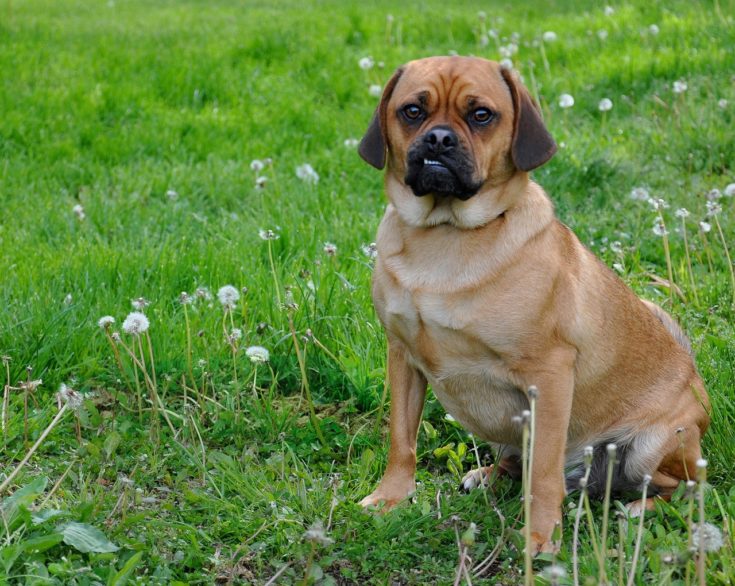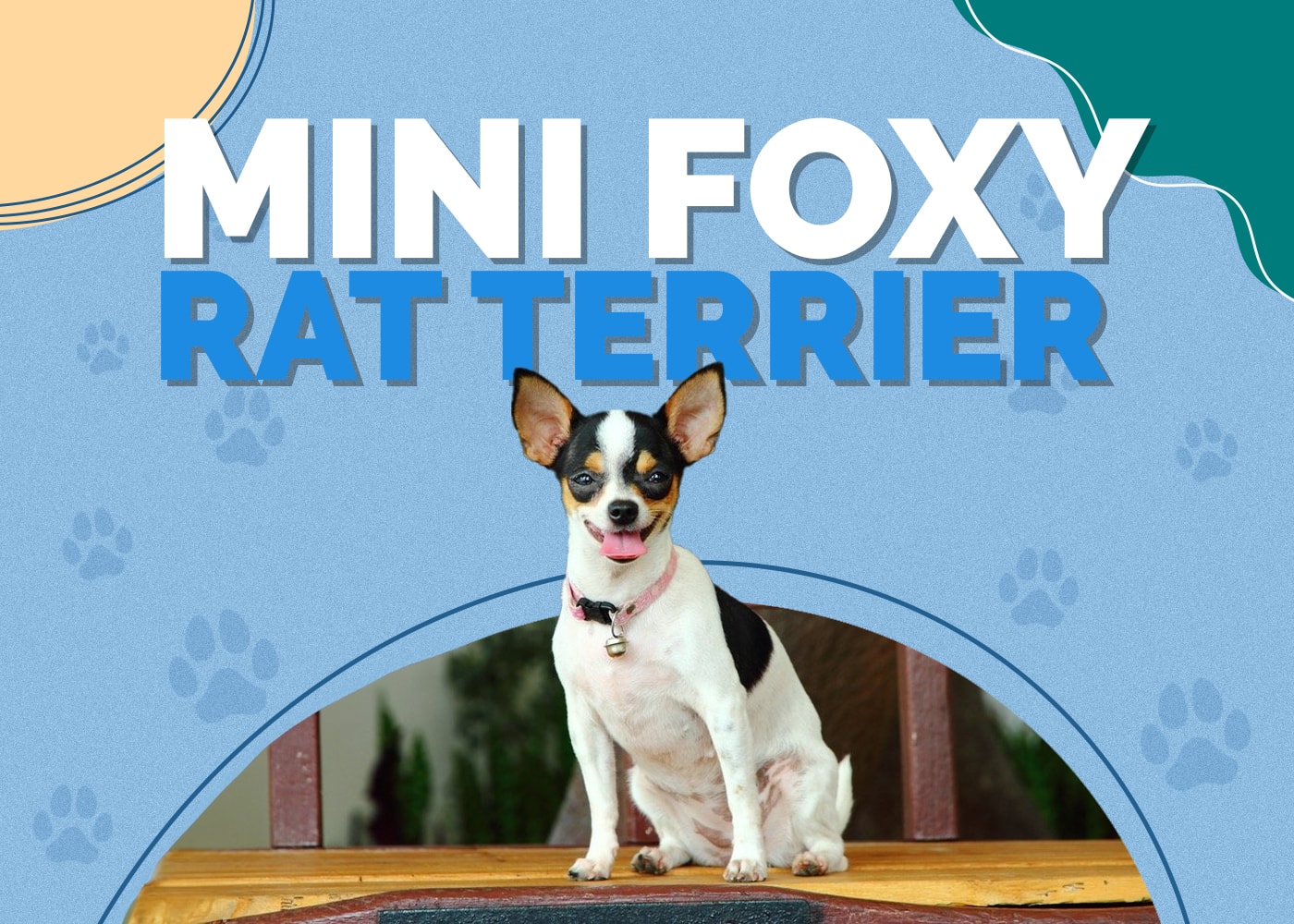Lhasa Apso: Breed Info, Pictures, Puppies, Traits & Facts

Updated on
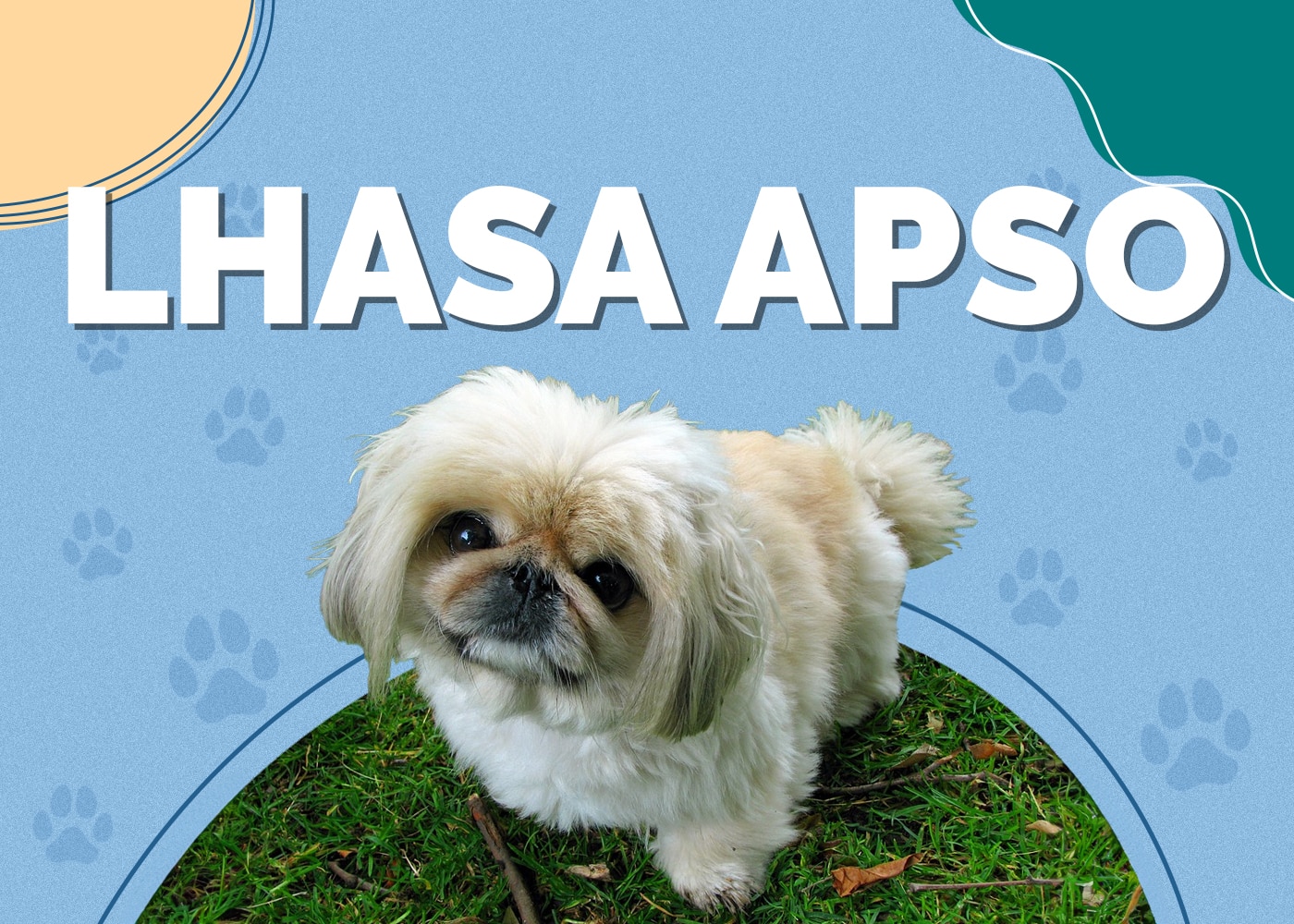
Height:
9 – 11 inches
Weight:
13 – 18 pounds
Lifespan:
12 – 15 years
Colors:
Black, black and tan, cream, golden, grizzle, red, red gold, white
Suitable for:
Apartment dwellers, families with kids, people in cold climates, owners able to spend more time on a dog
Temperament:
Adaptable, Protective, Affectionate, Intelligent, Vocal
Few breeds come with a more dignified history than the Lhasa Apso. In the misty past of the Himalayas, more than a thousand years ago, Lhasa Apsos were already serving as guard dogs for Buddhist monasteries, alerting the monks with a chorus of barks whenever a stranger appeared. Variously said to be reincarnated monks or descendants of Tibet’s mythical snow lions, Lhasa Apsos were introduced to the West as gifts from the 13th and 14th Dalai Lamas.
In the modern-day, Lhasas are perhaps the dog world’s most unlikely guards. Despite looking like mustachioed mops, their wiry muscles and hyper-focused senses make them a force to be reckoned with. They’re not exactly low-maintenance — their long coats require a lot of grooming, and they can be grouchy and suspicious. Retaining their protective instincts, Lhasas love to bark.
They’re also stubborn and willful, but if properly socialized, there’s no canine companion more loyal than a Lhasa. In this guide, we’ll teach you the best ways to have a loving, rewarding relationship with these decidedly non-Zen puppies.
Lhasa Apso Puppies
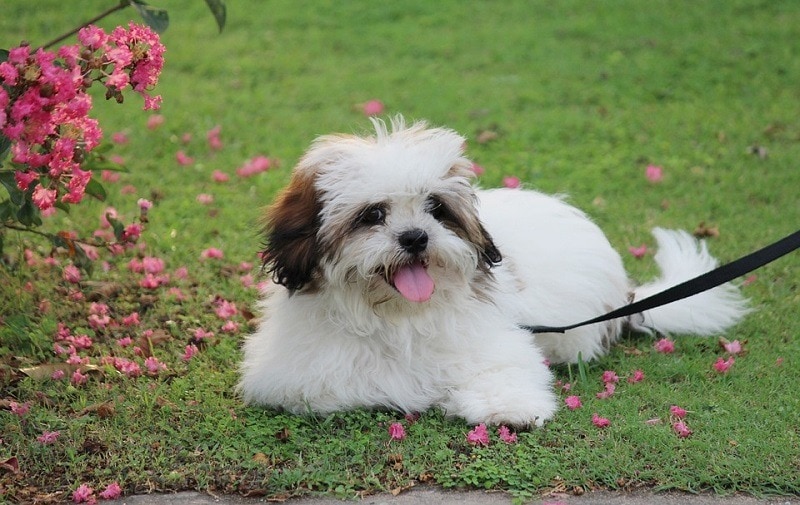
Lhasas’ unique looks and legendary pedigrees keep them in high demand. Healthy Lhasa Apsos are generally found at high prices. If a breeder is trying to sell you a Lhasa Apso for a couple of hundred dollars, odds are that either they’re not a purebred Lhasa Apso or that they are part of a puppy mill or backyard breeder. Quality breeders will check every dog’s health and screen them for common illnesses. Also, a reputable breeder should be willing to let you visit the breeding facilities before asking for any payments.
When you bring a Lhasa Apso into your home, be ready to have an affectionate and sweet dog by your side. They tend to be quite vocal so be prepared for that. These dogs have a very long lifespan and are generally very healthy dogs, so remember that having a Lhasa Apso will be a long-term commitment to a loving and playful animal.
3 Little-Known Facts About the Lhasa Apso
1. Lhasa Apsos are said to be reincarnated Buddhist priests.
Ever since Buddhism reached Tibet in approximately the 7th century, some Tibetans have held that Lamas (Tibetan Buddhist spiritual leaders) who fail to reach Nirvana are reincarnated as Lhasa Apsos. Traditionally, all 14 Dalai Lamas have kept Lhasa Apsos as pets.
2. Lhasas are ancestors of several other breeds.
Lhasas given as gifts by the Dalai Lama to the rulers of China were used to breed similar-looking Shih Tzus and Pekingese. When they first arrived on the world stage, confused Westerners interbred Lhasas, Pekingese, and Shih Tzus, until the American Kennel Club established breeding standards in the 1930s.
3. Lhasas are strongly independent.
People who have never met a Lhasa, and have only seen the breed in pictures, tend to imagine that they’re furniture-like lapdogs. Nothing could be farther from the truth. A Lhasa isn’t a breed you can take home and forget about — they need to be pleased on their own terms. This is not to say they can’t be loving, loyal, and playful, but Lhasas need to be met halfway.
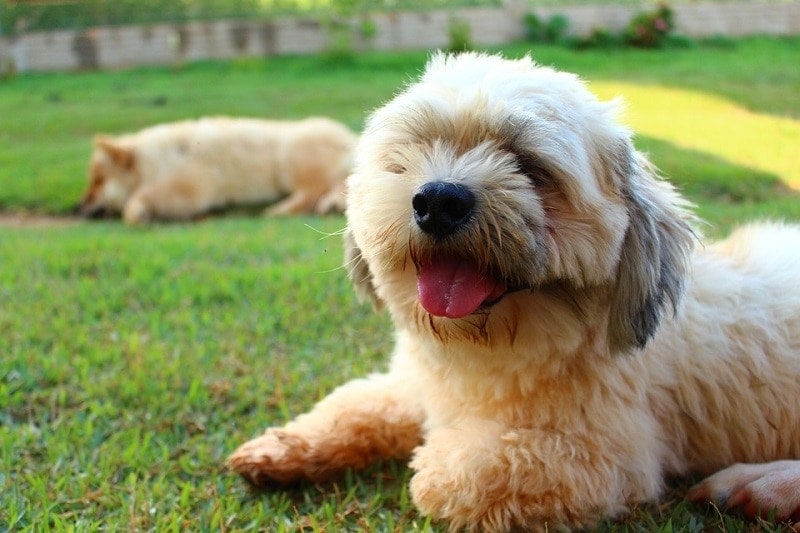
Temperament & Intelligence of the Lhasa Apso 🧠
The most important thing to know about Lhasa Apsos is that they think they’re much bigger than they are. In its heart, your cute little mop-like Lhasa knows full well that it’s actually a snow lion of the great Himalayas — and snow lions never play fetch or give snuggles unless they feel like it.
It might sound like we’re being harsh on the breed, but we promise we’re not. We just want you to know what you’re getting into before you spend any money and time. Lhasas’ independence, intelligence, and fierce devotion have won them die-hard fans. They love to cuddle, walk, explore, and play like any other dog, just on their own terms.
It’s also important to note that even purebreds aren’t defined by their breed. There’s plenty of variation between one Lhasa and the next. Some might be professional barkers, while others are more reserved; some love playtime, while others prefer a nap. As always, there’s no substitute for meeting the puppy and its parents before you agree to take it home.
Are These Dogs Good for Families? 🏡
Lhasa Apsos can make ideal family pets, but like everything else with this breed, it takes a bit of work. Remember, a Lhasa always thinks it’s large and in charge. When left to its own devices in a household with kids, a Lhasa can quickly assume a dominant role over these large, hairless puppies, which in turn leads to family strife.
To keep a Lhasa Apso in a house with children, you have to start socializing it with its family from as young an age as possible. See our section on training below to learn about the best ways to do that. If not rigorously trained, a Lhasa will respond poorly to rowdy younger children, often growling and nipping unless it’s taught not to.
Once trained, older Lhasas shed much of their stubbornness around their families. Freed of the need to be suspicious of everyone in the house, they can be clownish and playful, not to mention big lovers of adventure.
Does This Breed Get Along with Other Pets? 🐶 😽
Lhasa Apsos that are correctly socialized as puppies can easily make friends with other dogs, and even with cats. No matter how friendly it is with the other members of the pack, a Lhasa always likes to be in charge. Lhasas are so confident in their largeness that we’ve often seen them leading around dogs that are many times larger than they are.
Be careful, though, since an untrained Lhasa is likely to react to other pets the same way he reacts to strangers: with guarded skepticism and sometimes even hostility. Don’t leave them unsupervised with other dogs or cats until you’re sure they can handle it.
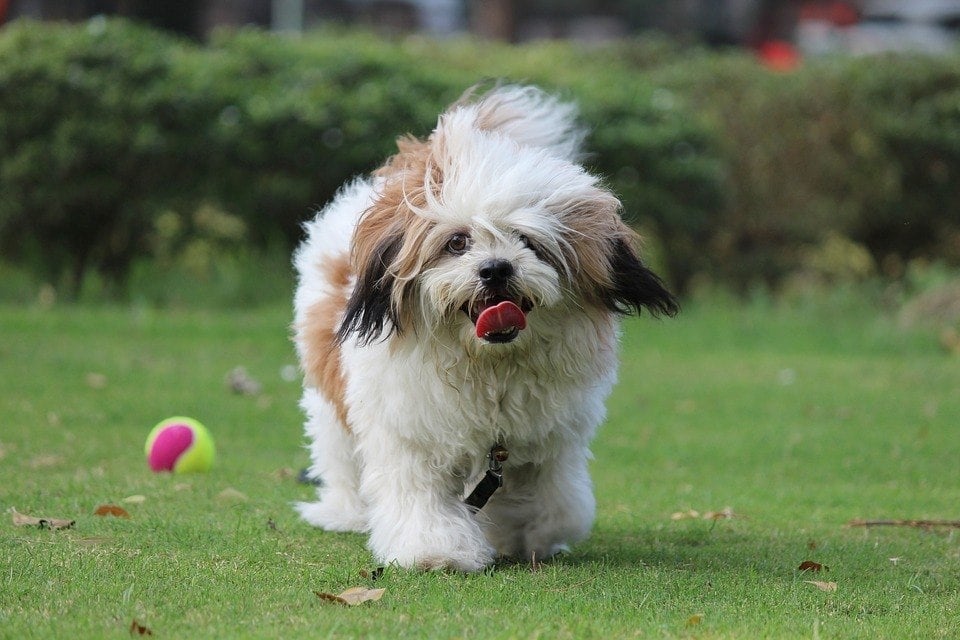
Things to Know When Owning a Lhasa Apso:
Food & Diet Requirements 🦴
The most important nutrients for a Lhasa Apso are protein and fat. Feed them a dry kibble made of real, fatty meat, with a bit of grain-free wet food or cooked meat mixed in. Try different kinds of meat to see which one your Lhasa likes best.
It’s also a good idea to incorporate some non-meat sources of fat and protein. Yogurt and eggs are the best ideas. When you buy a Lhasa puppy, don’t forget to ask the breeder what the best diet plan will be.
Feeding should be as regular as possible, either once or twice a day, and should be accompanied by constantly available fresh water. Don’t leave food out around the clock. While generally healthy, Lhasas are prone to digestive issues and obesity if they eat too much.
Exercise 🐕
This is one area in which your Lhasa Apso’s certainty that it’s really a 200-pound behemoth will actually work in your favor. While Lhasas are energetic dogs, they’re so eager to walk that they spend all their energy at once, and are usually tuckered out within 20 minutes.
They’re also great at taking themselves for walks. A Lhasa can be happy for hours in a fenced-in yard. Don’t feel that you need to supervise them constantly, since digging is not a real problem with this breed. Lhasas are happy to live in apartments, too, but make sure you have a lot of toys so they remain intellectually stimulated.
Lhasas also do well with more complex physical training like agility events. They’re more than capable of joining in human activities like hiking, though you should watch to make sure they don’t push themselves too hard.
Training 🦮
Lhasas are extremely smart and are capable of critical thinking, so if a training program is irregular or the consequences are arbitrary, they’ll notice and refuse to go along.
The best way to train a Lhasa puppy to adopt a subservient role is to reward it for using its guarding powers in positive ways. Don’t forget that Lhasas have 1,500 years of programming that teaches them to protect their masters, remain alert, and bark at threats. You’re not going to erase all that in an afternoon. Instead, use consistent positive reinforcement to help them guard your family on your terms.
Many Lhasas that show promise go on to train as therapy dogs. If your Lhasa is doing well in obedience training, therapeutic training can reinforce what it’s learned, while giving the two of you an activity you can enjoy together.
Grooming ✂️
The Lhasa Apso has a long coat, so it’s important that grooming not be an afterthought. Thoroughly go over your Lhasa’s coat with a stiff brush and comb at least once a day to keep painful mats from forming.
You can have a groomer cut the coat short to make this easier, though it doesn’t hurt the Lhasa to leave it long. If you find your brush is still snagging in your Lhasa’s coat, conditioner sprays can be a big help.
Every two to four weeks, you’ll need to give your Lhasa a bath. Shampoo and rinse its coat thoroughly, and follow the bath up with a vigorous brushing, since mats can form even in clean fur. If you just can’t make your Lhasa take to water, dry shampoo can also work, and of course, there’s no shame in hiring a professional groomer.
As for non-coat maintenance, brush your Lhasa’s teeth at least twice a week, and check its eyes, ears, nose, mouth, and paws at least weekly. Inflammation or sensitivity in those spots is an early sign of infection, so if you see any, schedule a vet appointment right away.
Health and Conditions ❤️
Like we said above, the Lhasa Apso is one of the healthiest purebreds and is famous for its long life expectancy. Most reach their teens, and many live into their early 20s. However, there are still some health problems to be aware of.
Allergies: These should be taken just as seriously in dogs as they are in humans. Ask your breeder about any known allergies and plan your Lhasa’s diet and activities around them.
Kidney dysfunction: Kidney failure is genetic in Lhasas, and unfortunately, there’s not yet a reliable test to discover if a puppy carries the gene. However, breeders have made a major dent in the problem by removing known carriers from their programs, and they should be able to tell you about their countermeasures if you ask.
Hip dysplasia: Another genetic disease common in Lhasa Apsos, hip dysplasia causes one or more hip joints to grow improperly, raising the risk of arthritis. This can limit the Lhasa’s ability to walk, so it’s often treated surgically.
Sebaceous adenitis: Called “SA,” this ailment can be difficult to spot because its symptoms look a lot like an allergic reaction. SA is a skin condition that causes dry skin, hair loss, infections, and bad smells. There’s no cure for SA, but it can be treated with topical creams and oils.
Progressive retinal atrophy: This disease causes progressive blindness in Lhasas, starting at night and spreading into the day. If your Lhasa begins going blind, make sure to keep its surroundings consistent, and it will be able to adapt using its memories and other senses.
Patellar luxation: Also called a trick knee, this is when a knee joint shifts out of its usual arrangement. While very common in Lhasa Apsos, it’s not always painful or even noticeable for them. If your Lhasa is in pain from a luxated patella, it can be fixed with surgery.
Obesity: When Lhasas overeat, they run the risk of gaining too much weight, which in turn raises their susceptibility to many other diseases. Take care to only feed your Lhasa at regular mealtimes. Obesity can be treated with a special diet and exercise.
Cherry eye: A swollen gland in Lhasas’ eyes leads to this ailment, which leads to a red growth (or “cherry”) in the corner of their eyes. Cherry eye can be treated with surgery.
- Patellar luxation
- Obesity
- Cherry eye
- Allergies
- Kidney dysfunction
- Hip dysplasia
- Sebaceous adenitis
- Progressive retinal atrophy
Male vs Female
Male Lhasa Apsos are slightly larger and heavier than females, and frequently have bigger appetites to go with it. Males also express their independence more readily than females and can take more work to train. However, they also more readily form a strong bond with a single owner.
Females bond more easily with multiple humans at once. When trained, they’re more likely to react to negative stimuli with cowering and shyness, which can close them off to further training.
As with all breeds, there’s significant personality overlap. Furthermore, spaying or neutering your Lhasa Apso (which your breeder should have done already) will get rid of many of the negative traits of both genders, such as being unmanageable while in heat.
Final Thoughts
Lhasa Apsos have a reputation that befits their long and noble history. Whether they’re snow lions, reincarnated priests, or just adorable pups with egos the size of Mt. Everest, Lhasas are unique, devoted dogs that are beloved by unique, devoted people.
If you buy a Lhasa, it will become your project. You’ll be training it, grooming it, exercising it, and socializing it for a while. But if you put in the work, your Lhasa will reward you ten times over, becoming a playmate, confidant, adventure buddy, and fearsome guard dog — all rolled into one tiny mop.
Featured Image Credit: Needpix





